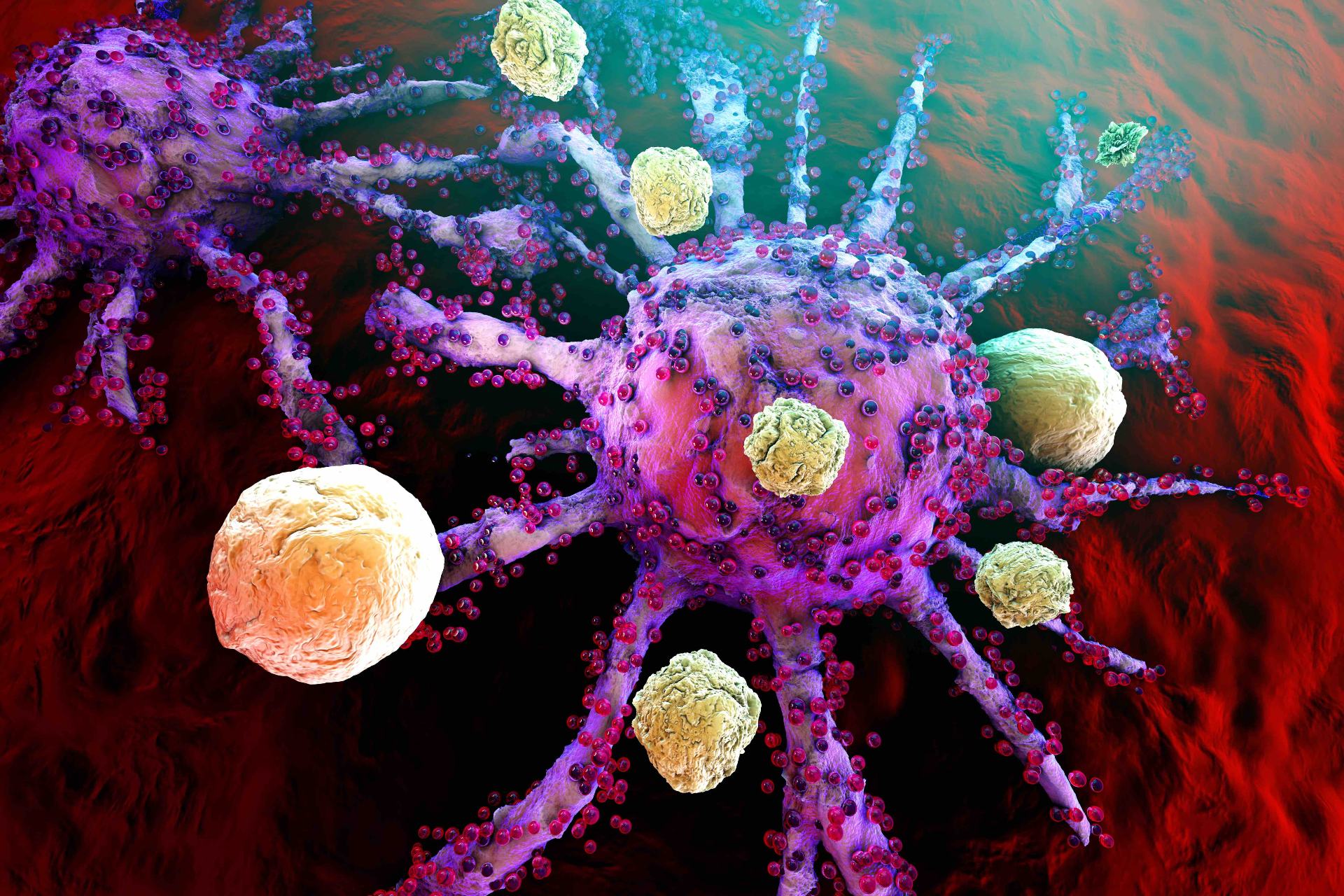Video
Initiating Frontline Therapy in CLL
Susan M. O’Brien, MD: The iwCLL guidelines, which are the international guidelines, as well as the NCCN guidelines, talk about when to initiate therapy for CLL. And to this day, the approach we take is still “watch and wait” in asymptomatic patients. And that’s because if we look back, in the ’80s, a number of large randomized trials showed no benefit in terms of overall survival for early intervention. Now, of course, those trials were done with chlorambucil, a very weak alkylating agent, and we have much more potent therapies at this time. But it would still be difficult to redo those studies, because if you take all comers with CLL, about 25% to 30% never need treatment. However, now with the prognostic factors, we can identify a high-risk group and potentially ask that question in a randomized trial with earlier intervention with some of our newer treatments that are much more effective than chlorambucil. And that’s actually being done in a trial by the Germans.
For frontline therapy of CLL, we have chemoimmunotherapy, and generally a couple of regimens can be used there—FCR, or fludarabine/cyclophosphamide/rituximab; BR, which is bendamustine and rituximab; and chlorambucil, which is often given now with obinutuzumab. So, all of them are chemotherapy with an anti-CD20 monoclonal antibody.
We also have ibrutinib, however, which has been approved for the frontline treatment of CLL. So, the question becomes, in whom would I choose chemotherapy versus ibrutinib? That depends a little bit on age and fitness, as well as mutation status. So, what I mean by that is, I think ibrutinib is much better tolerated than generally all of the chemotherapy. It’s also much more effective than chlorambucil because that’s the one where we have a head-to-head randomized trial showing a much better outcome in both progression-free and overall survival with ibrutinib. What we’re still waiting for is the randomized trials versus BR and FCR.
So, how would I choose if my patient is unfit, older, or a combination of both? I’m generally going to use ibrutinib. If my patient is fit, now I want to know the mutation status. And the reason for that is, there are now 3 publications in the past 2 years—1 from the Germans, 1 from the Italians, and 1 from MD Anderson—clearly showing what appears to be a plateau on the progression-free survival curve. The MD Anderson data have the longest follow-up of 10 to 16 years, and that plateau is about 60%, but it is restricted to the mutated patients. So, there may actually be a cure fraction with FCR in the mutated patient.
So, generally, I don’t use BR because I’m going to use FCR in my fit, mutated patients, or if they’re fit and unmutated, I’m going to go with ibrutinib—although, again, we’re still lacking that head-to-head comparison with chemotherapy in that fit group.





